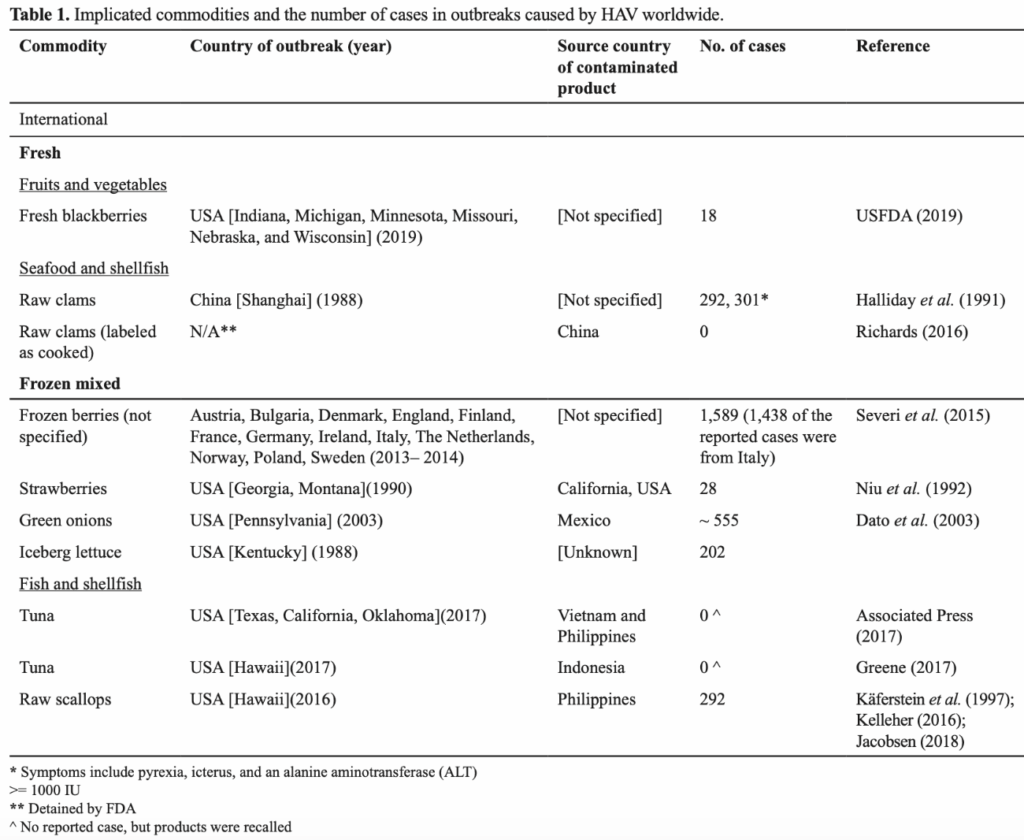Food safety risk assessment is a practical and effective way to evaluate the safety of locally consumed shellfish
04 Jul 2025

This study gathered information to establish baseline information on the potential risks of the Hepatitis A Virus (HAV) in the Philippine molluscan bivalve (oysters and mussels) supply chain. HAV is an infectious liver disease and is a significant contributor to foodborne illness-related deaths.
The primary cause of infection for shellfish is their living environment and feeding method. Socio-economic development access to standard hygiene and sanitation influenced the geographical distribution, rural-to-urban migration, and population aging, which are crucial factors in the widespread presence of HAV.
HAV is considered a primary concern in the Philippines, and its endemicity levels remain moderate to high. The molluscan bivalve industry is usually cultured in polluted shallow coastal areas near industrial and household areas. In the Philippines, there are only select parameters in which shellfish are monitored, and it does not include the presence of HAV, where infection cases attributed to the virus to contaminated foods range around 5%.
Southeast Asian countries limited established action plans for HAV outbreaks and lack coordination. In this regard, food risk analysis is crucial to understanding the increased susceptibility of the Filipino population to shellfish-related HAV infections. Food safety risk assessment is a science-based and sensible approach to gauge the current safety of local shellfish consumption. It involves exposure assessment, risk characterization, and risk estimation. Therefore, food safety risk assessment is a crucial approach a developing country can utilize to strengthen its capacity and competence in food safety and public health protection, specifically in controlling shellfish-related HAV endemicity.
Authors:
Abigail S. Rustia (Department of Food Science and Nutrition, College of Home Economics, University of the Philippines Diliman)
Crisanto M. Lopez (Department of Biology, School of Science and Engineering, Ateneo de Manila University)
Erniel B. Barrios (School of Business, Monash University Malaysia Selangor)
Dennis D. Tanay (National Fisheries Development Center, Bureau of Fisheries and Aquatic Resources, Dagupan City, Pangasinan)
Patricia Mae M. Lagazon (Department of Food Science and Nutrition, College of Home Economics, University of the Philippines Diliman)
John Carlo G. Gosilatar (National Fisheries Development Center, Bureau of Fisheries and Aquatic Resources, Dagupan City, Pangasinan)
Leslie M. Dalmacio (College of Medicine, University of the Philippines Manila)
Read the full paper: https://archium.ateneo.edu/biology-faculty-pubs/169/
